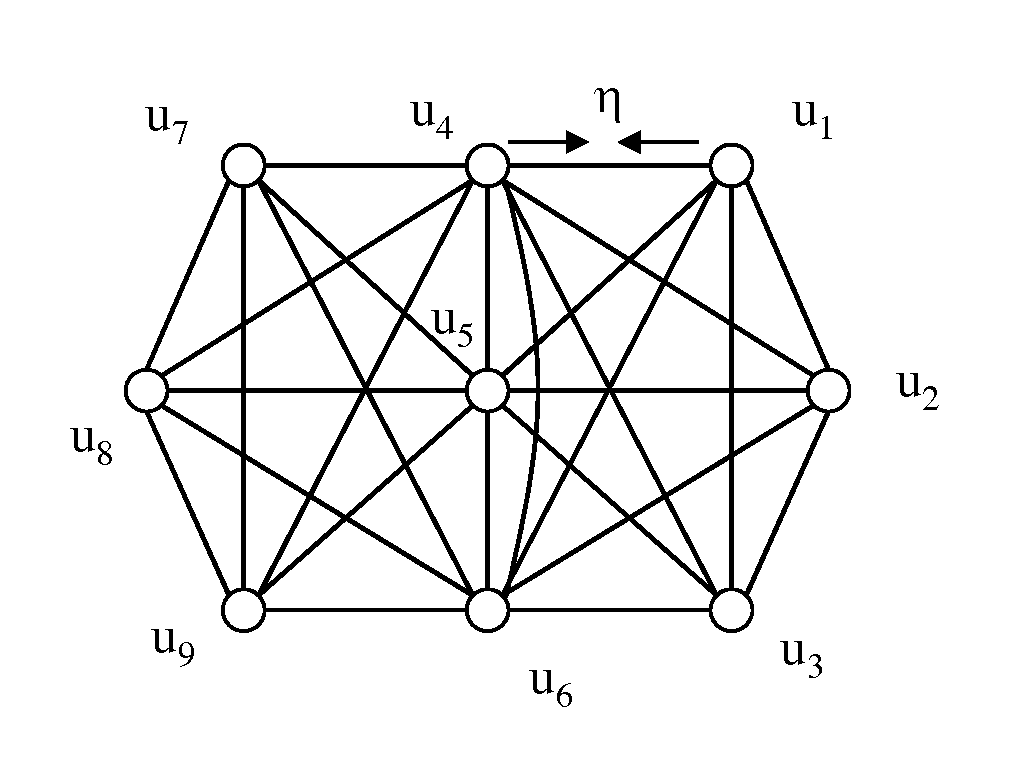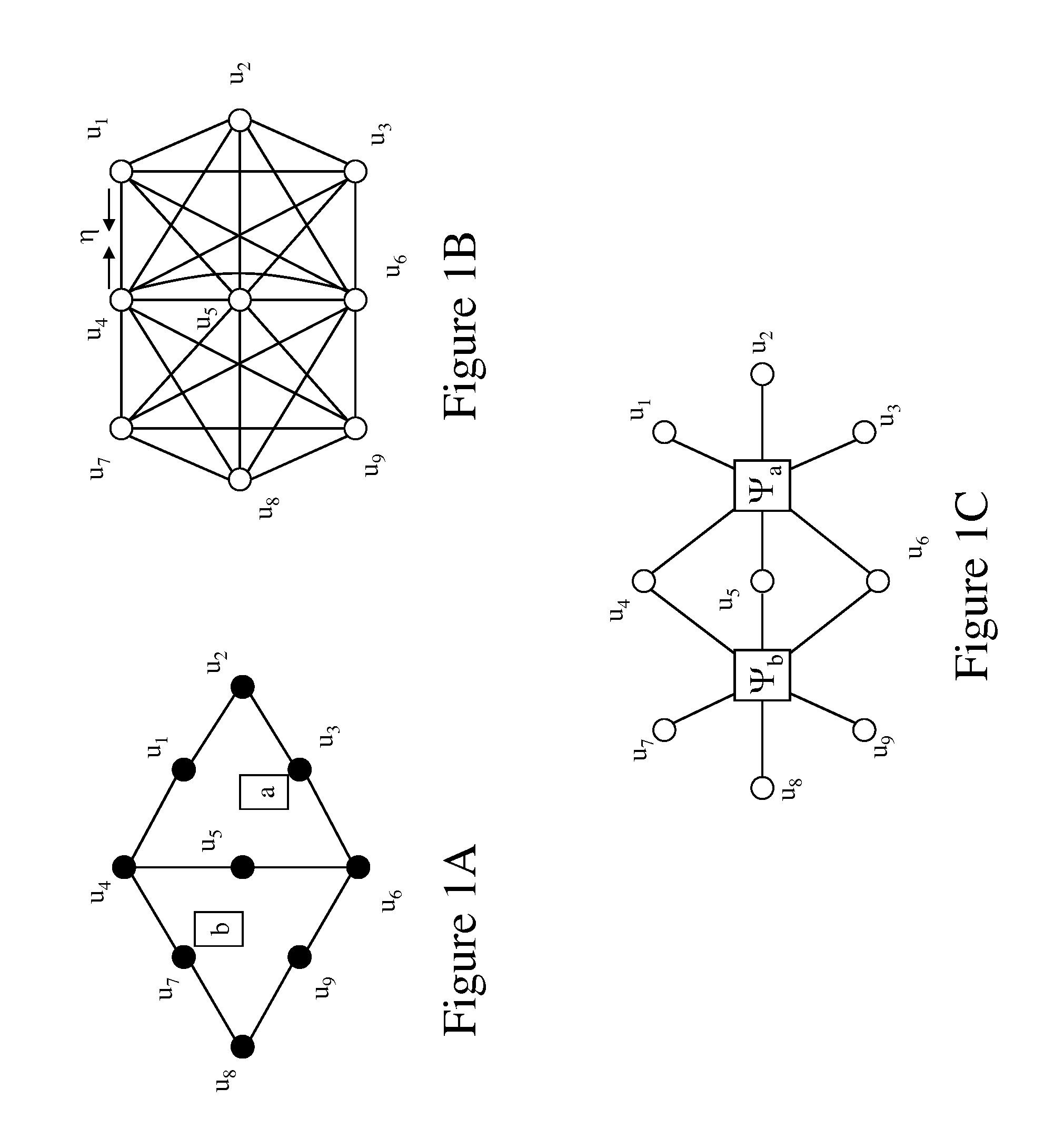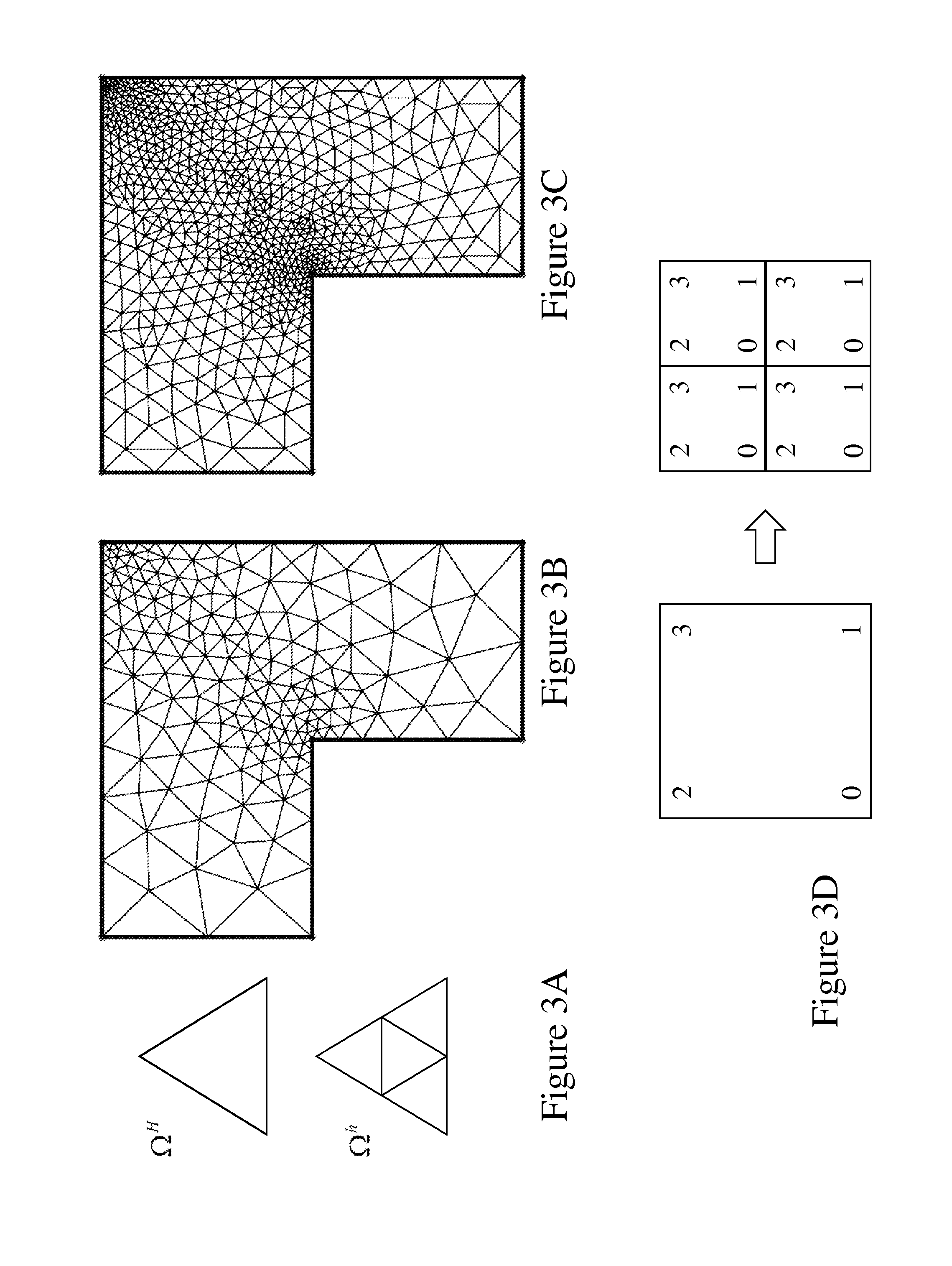Finite element methods and systems
a technology of elements and methods, applied in the field offinite element modelling, can solve the problems of limiting parallel performance, prohibiting amount of effort, and not accelerating so much of most applications
- Summary
- Abstract
- Description
- Claims
- Application Information
AI Technical Summary
Benefits of technology
Problems solved by technology
Method used
Image
Examples
Embodiment Construction
[0040]The present invention is directed to Finite Element Modelling (FEM) and more particularly to a FEM Multigrid Gaussian Belief Propagation (FMGaBP) via probabilistic inference with graphical models to expose distributed computations and remove global algebraic operations and sparse data-structures.
[0041]The ensuing description provides exemplary embodiment(s) only, and is not intended to limit the scope, applicability or configuration of the disclosure. Rather, the ensuing description of the exemplary embodiment(s) will provide those skilled in the art with an enabling description for implementing an exemplary embodiment. It being understood that various changes may be made in the function and arrangement of elements without departing from the spirit and scope as set forth in the appended claims.
[0042]A. FGaBP and FMGaBP Algorithms
[0043]A.1 The FGaBP Algorithm
[0044]The Finite Element Gaussian Belief Propagation (FGaBP) algorithm is presented in three main stages in the following...
PUM
 Login to View More
Login to View More Abstract
Description
Claims
Application Information
 Login to View More
Login to View More - R&D
- Intellectual Property
- Life Sciences
- Materials
- Tech Scout
- Unparalleled Data Quality
- Higher Quality Content
- 60% Fewer Hallucinations
Browse by: Latest US Patents, China's latest patents, Technical Efficacy Thesaurus, Application Domain, Technology Topic, Popular Technical Reports.
© 2025 PatSnap. All rights reserved.Legal|Privacy policy|Modern Slavery Act Transparency Statement|Sitemap|About US| Contact US: help@patsnap.com



